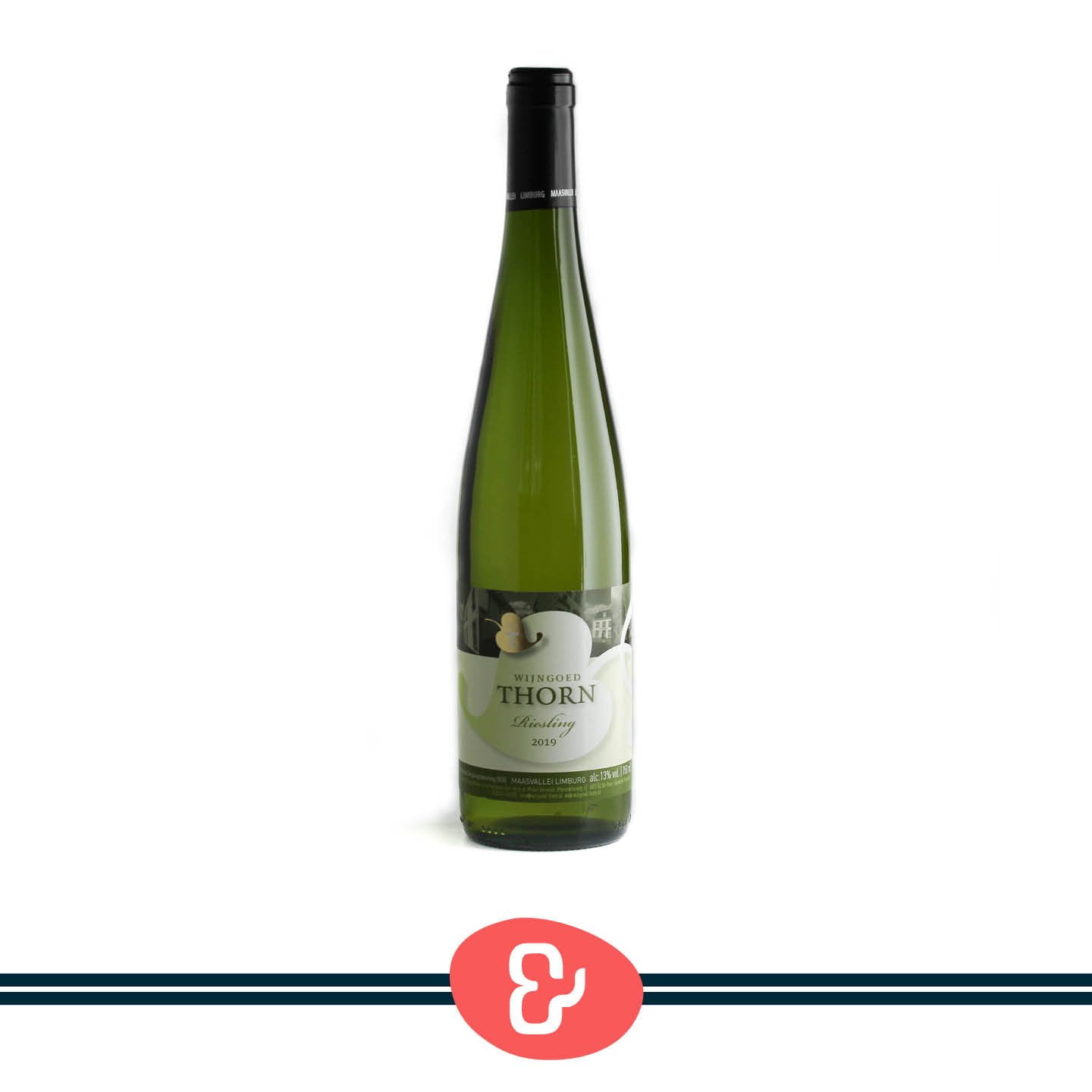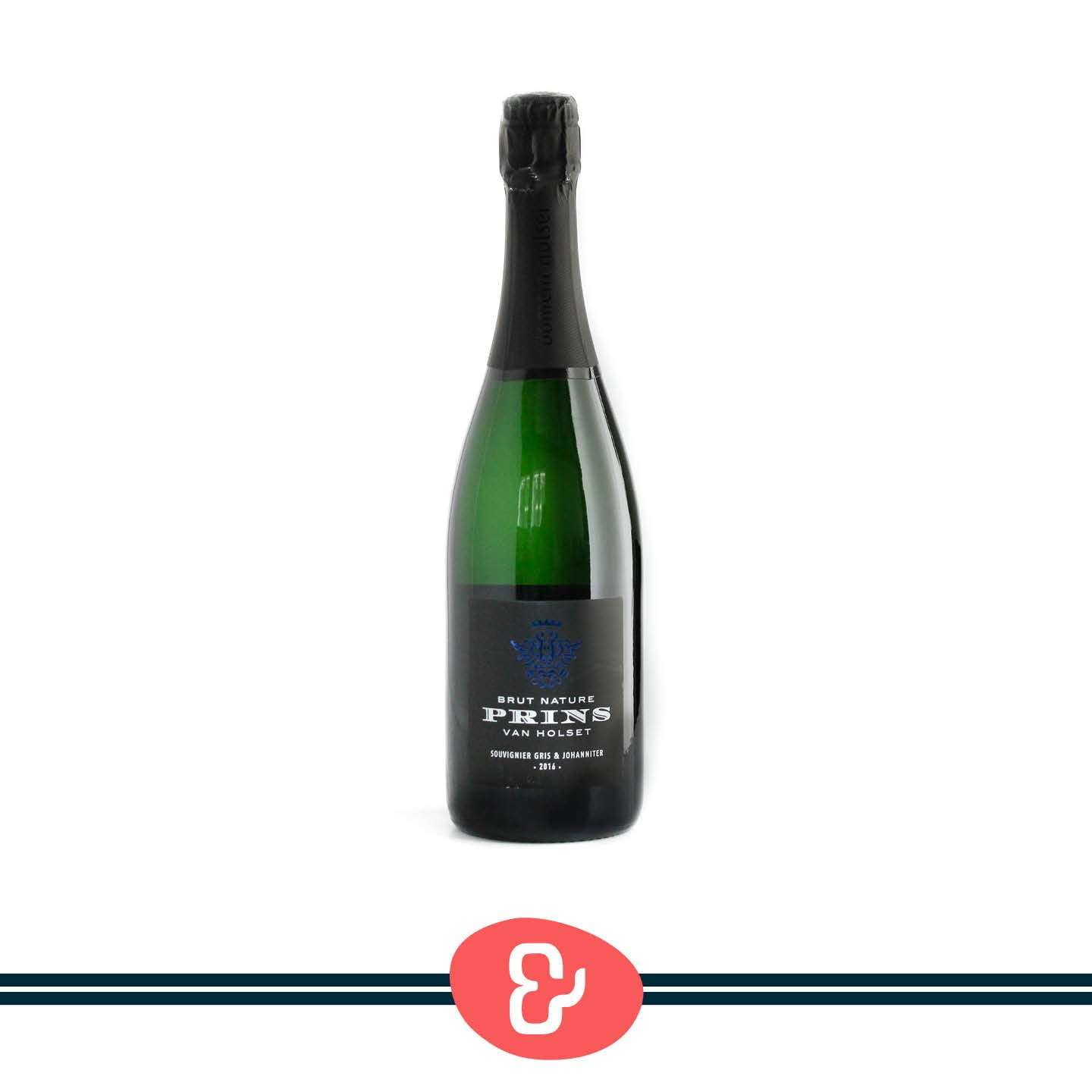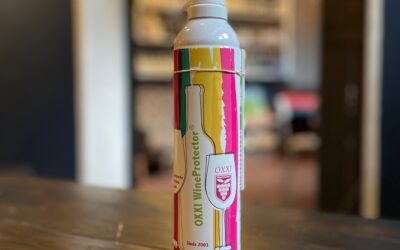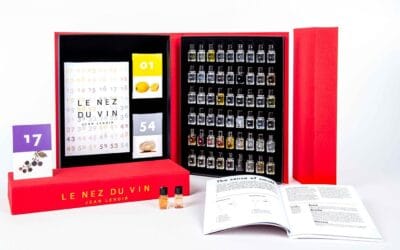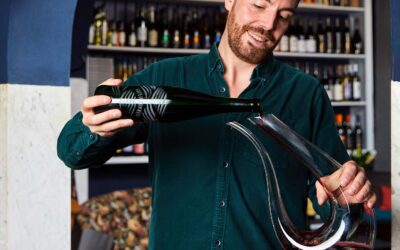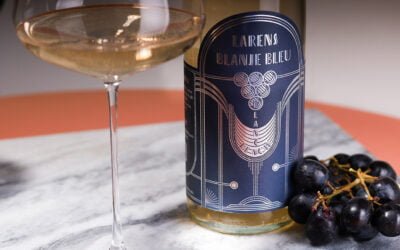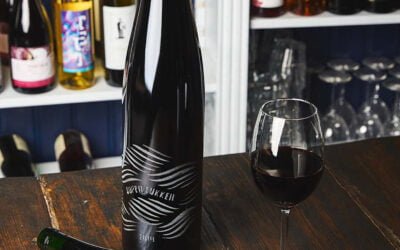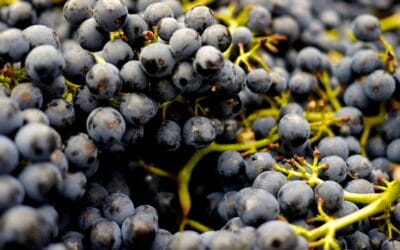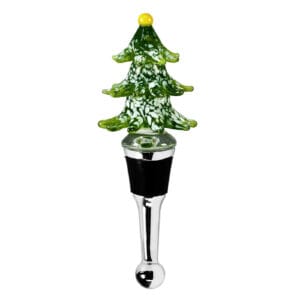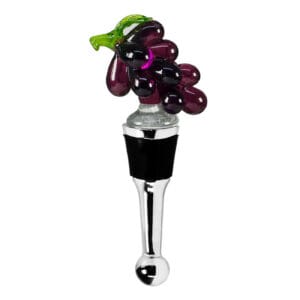Oysters & Wine Pairing
An oyster has a lot of finesse and a delicate taste. One oyster has nutty tones, the other metallic, creamy and / or salty. Enjoy more with a tasteful oyster & wine pairing!
Oyster pointer
Author: Marleen van Gurp
There are countless types of oysters and one oyster is not the other. A variety of factors affect its flavor and texture. Not only the salinity of the water, but also the soil type and plankton composition, for example. We would like to give you a few tips to help you find your way in this sea of flavors and textures. We introduce four common varieties, which differ somewhat in terms of taste palette. This way you will make a more conscious choice next time!
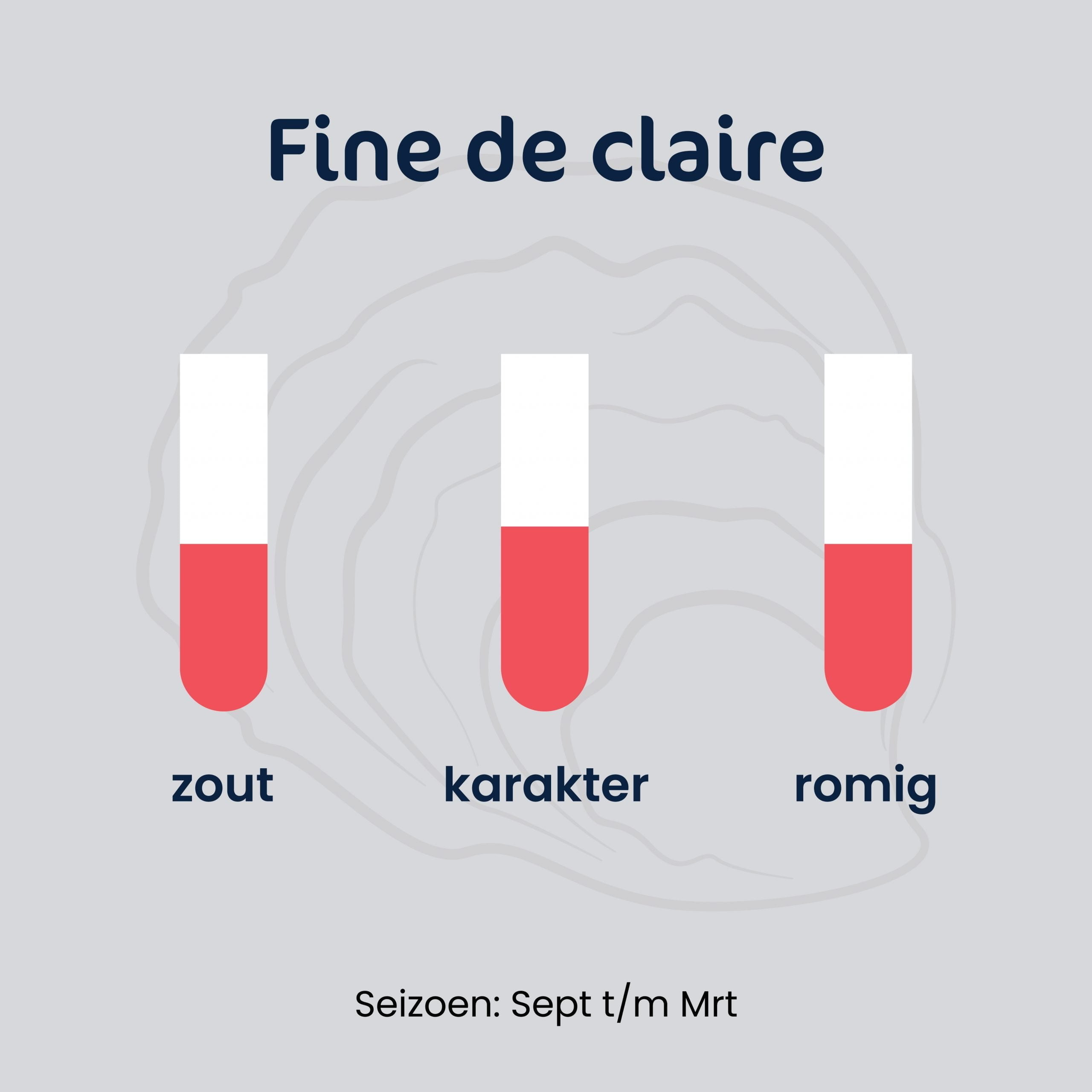
Fine de Claire
Season: September to March
An accessible oyster with a high moisture content and nuanced taste. Less salty and even slightly sweet compared to other oysters. Ideal for the beginner. Thanks its name to the French oyster pits (Claires) in which they are grown.
Our Oysters & Wine Tip: Brut – Wijndomein En Passant
Brut – Wine Estate En Passant
Discover light acidity and tropical fruit aromas such as lychees and mandarin. This wine has had a second fermentation in the bottle for 12 months, the so-called 'Traditional Method'. The grapes grow on calcareous soil in Zeeland.

Gillardeau
Season: Available all year round
A haughty, hearty oyster. This exclusive specimen has a creamy, nutty taste with a soft, slightly sweet aftertaste. Cultivated for generations by the Gillardeau family business, which has also put the oyster on the international map.
Our Oysters & Wine Tip: Betuws Wijndomein – Linge white cuvée barrique
Linge Wit Cuvée Barrique – Betuws Wijndomein
The Linge Wit Cuvee Barrique has a solid complexity, yellow tropical fruit, undertones of meadow flowers and subtle wood nuance.
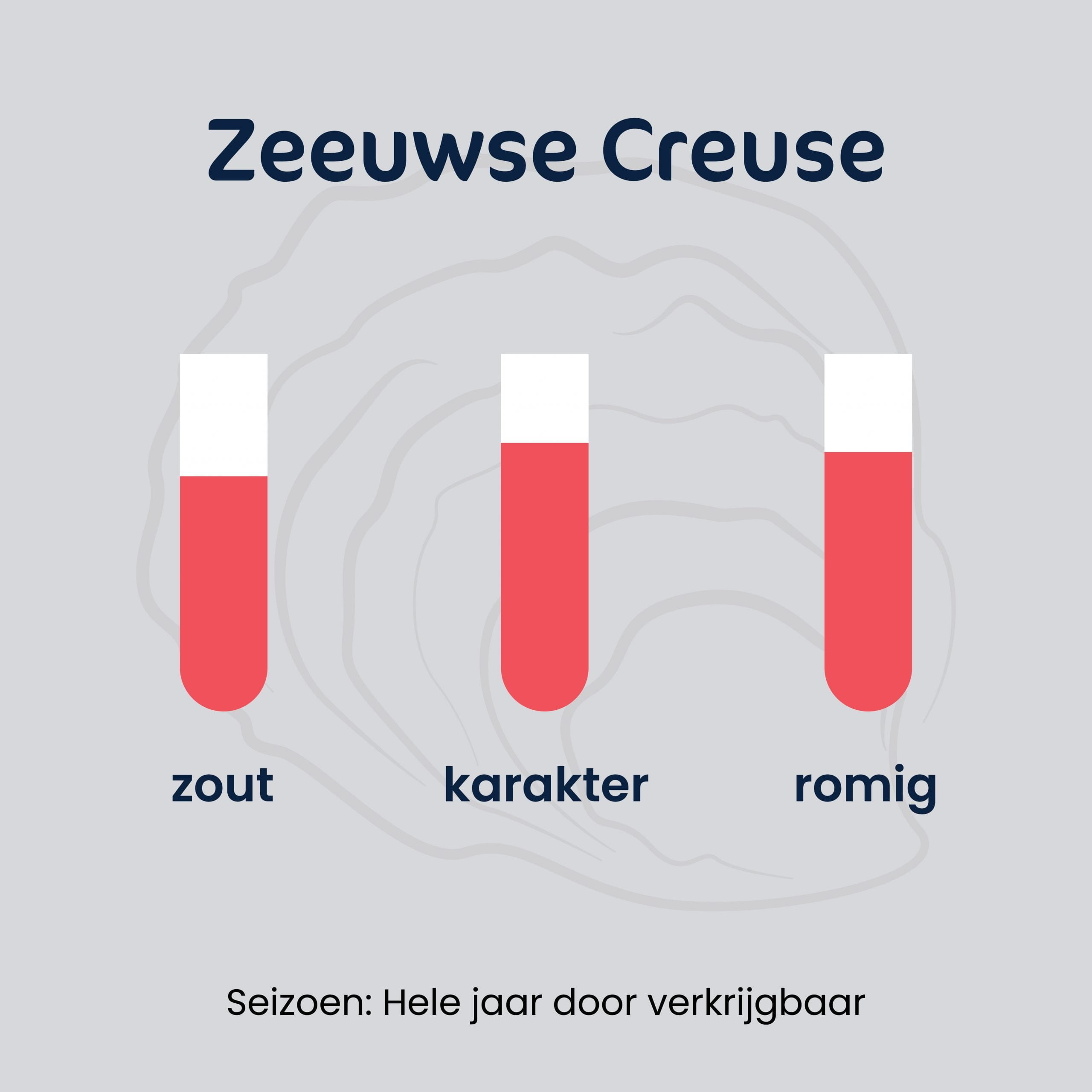
Zeeland Creuse
This oyster has a salty, metallic taste. Not too greasy and slightly creamy. Cultivated in the Oosterschelde and the Grevelingenmeer. In the last phase of the breeding it is moved to a flat, nutrient-rich bottom with a lot of current. This makes the meat in the shell nice and full.
Our Oysters & Wine Tip: Thorn – Riesling
Riesling – Wijngoed Thorn
This Riesling from Wijngoed Thorn has a characteristic green-yellow colour and a fragrant aroma bursting with ripe fruit, such as peach, lychee, mango and even a hint of refined petroleum. It offers a beautiful, dry and soft finish, enriched with the typical, refined Riesling acids. This wine is grand and offers a complex and balanced taste experience.
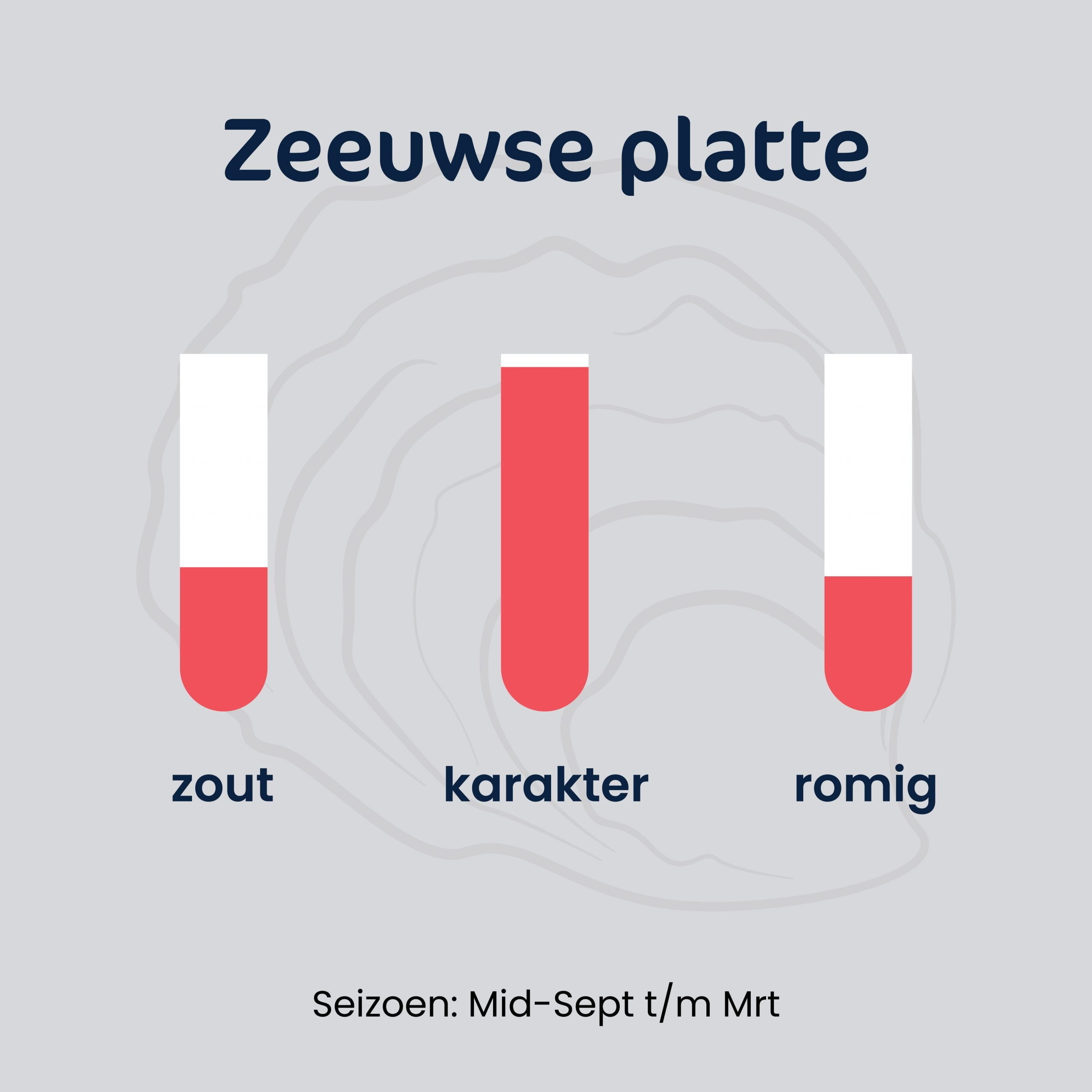
Zeeland Platter
This is really a top quality oyster. Recognizable by its flat shell and with a delicious, refined taste. The oyster has been farmed in Zeeland for years. However, a bitterly cold winter in the 1960s disrupted the breeding process enormously and brought the entire culture to a standstill. Fortunately, after many years, this process started again and in the meantime this wonderful product has started a huge return.
Mildly salty, slightly creamy, with a slightly sweet touch and iodine-like notes… this oyster is a true delicacy! What is special about the Zeeuwse Platte is that it is only ready to slurp after about five to six years. It is precisely this long maturation that gives it its refined, characteristic taste and meaty texture.
Our Oysters & Wine Tip: Domein Holset – Prins Brut
Prince of Holset – Domain Holset
How long can you keep wine after opening?
What does storing opened wine involve? When you open a bottle of wine, a process begins where the wine comes into contact with oxygen. This process, known as oxidation, can drastically affect the taste and quality of the wine. Oxygen is essential for the...
What are the main aromas in wine?
What are wine aromas? Wine aromas are the scents that are released when smelling and tasting wine. These aromas are essential because they are an important part of the wine experience. The scent of wine can vary from floral and fruity to spicy and earthy, and...
What does decanting mean and when do you do it?
Decanting is an art that can transform the taste experience of wine. In this blog post, you will learn what decanting is, how it works, and when to use it. We will also share practical tips and discuss common mistakes. Finally, we will compare...
What are the biggest mistakes when serving wine?
What are the biggest mistakes when serving wine? When serving wine, mistakes are often made that can affect the taste and experience. One of the most common mistakes is serving wine at the wrong temperature. Red wines are often served at the wrong temperature.
How do you recognize the quality of wine?
Why Recognizing Wine Quality is Important Recognizing wine quality is an art that goes beyond tasting. Knowing what you’re drinking can help you make better choices when buying and serving wine. Not only does it enhance your...
What is the ideal serving temperature for wine?
What is the ideal serving temperature for wine? Serving wine at the right temperature is essential to bring out the best flavors and aromas. Red wine is best served between 15-18°C. This temperature allows the complex flavors and aromas to...
How do you read a wine label?
Introduction The ability to read and understand a wine label is a valuable skill for any wine lover. Having this knowledge can not only help you make better wine selections, but it can also elevate your wine experience. Whether you are a...
What are magnum bottles and why are they used?
What are magnum bottles? Magnum bottles are a fascinating phenomenon in the world of wine bottles. They are distinguished by their unique size and charm. A magnum bottle has a capacity of 1.5 liters, which is the equivalent of two standard 0.75 liter wine bottles.
Which grape varieties are the most popular?
What are Grape Varieties? Grape varieties, also known as grape varietals, are the foundation of wine production. They are crucial because each grape variety adds unique characteristics and flavors to wine. This means that choosing a particular grape variety can be a...
What is the difference between organic, biodynamic and natural wine?
What is organic wine? Organic wine is a type of wine that is produced according to specific guidelines aimed at environmental friendliness and sustainability. The most important characteristic of organic wine is that no pesticides are used during the cultivation of the grapes.




